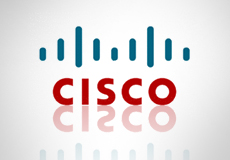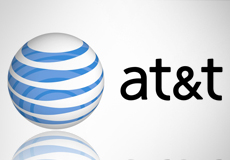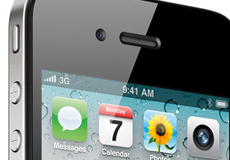CES 2013: The Cloud and Digital Disruption in Marketing
By Karla Robinson
January 9, 2013
January 9, 2013
“Technology is a continuum. All the technology that you see in those halls will be in a landfill in 10 years,” said Marc Benioff, chairman and CEO of Salesforce.com, at the CES Brand Matters keynote. “We’re all in this industry because we love disruption.” He and a panel of chief marketing officers talked about how technology has changed marketing, noting the various challenges and opportunities as companies transition over to the cloud. Continue reading CES 2013: The Cloud and Digital Disruption in Marketing





